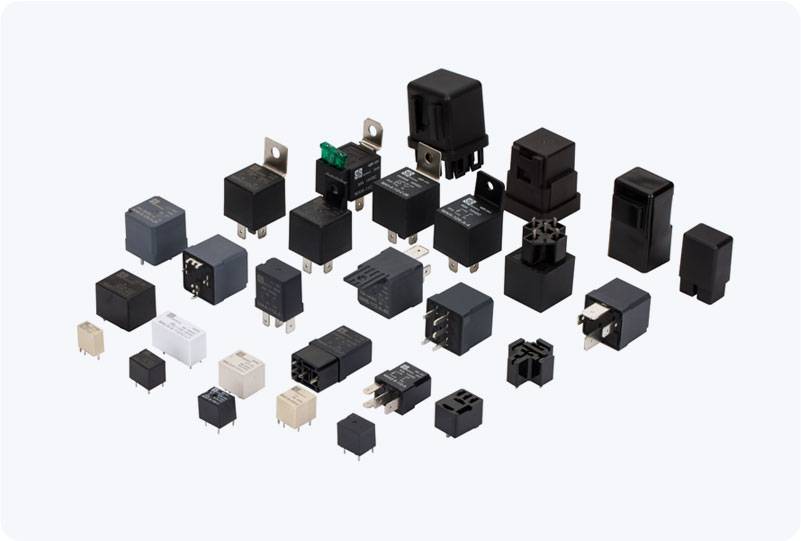A High Current Relay is an essential component in electrical systems that require the control of large power loads. This type of relay is designed to manage electrical currents far beyond the capacity of standard relays. Whether in industrial automation, power distribution, electric vehicles, or automotive applications, high current relays play a critical role in ensuring safety, efficiency, and reliable performance in systems that handle significant electrical power. This article will explore the features, benefits, and applications of high current relays in modern electrical systems.

What is a High Current Relay? At its core, a High Current Relay is an electrically operated switch used to control high-voltage and high-current circuits. These relays are capable of handling much larger electrical loads than standard relays, often used in circuits that require the management of power exceeding several hundred amperes. High current relays work by using an electromagnet to close or open the contacts of a switch. This allows for the remote control of high-power devices without the need for direct manual intervention. Key Features of High Current Relays High Load Capacity: The defining characteristic of a high current relay is its ability to handle substantial electrical currents. For example, a typical high current relay can carry currents ranging from 20A to several thousand amperes, depending on the specific application.